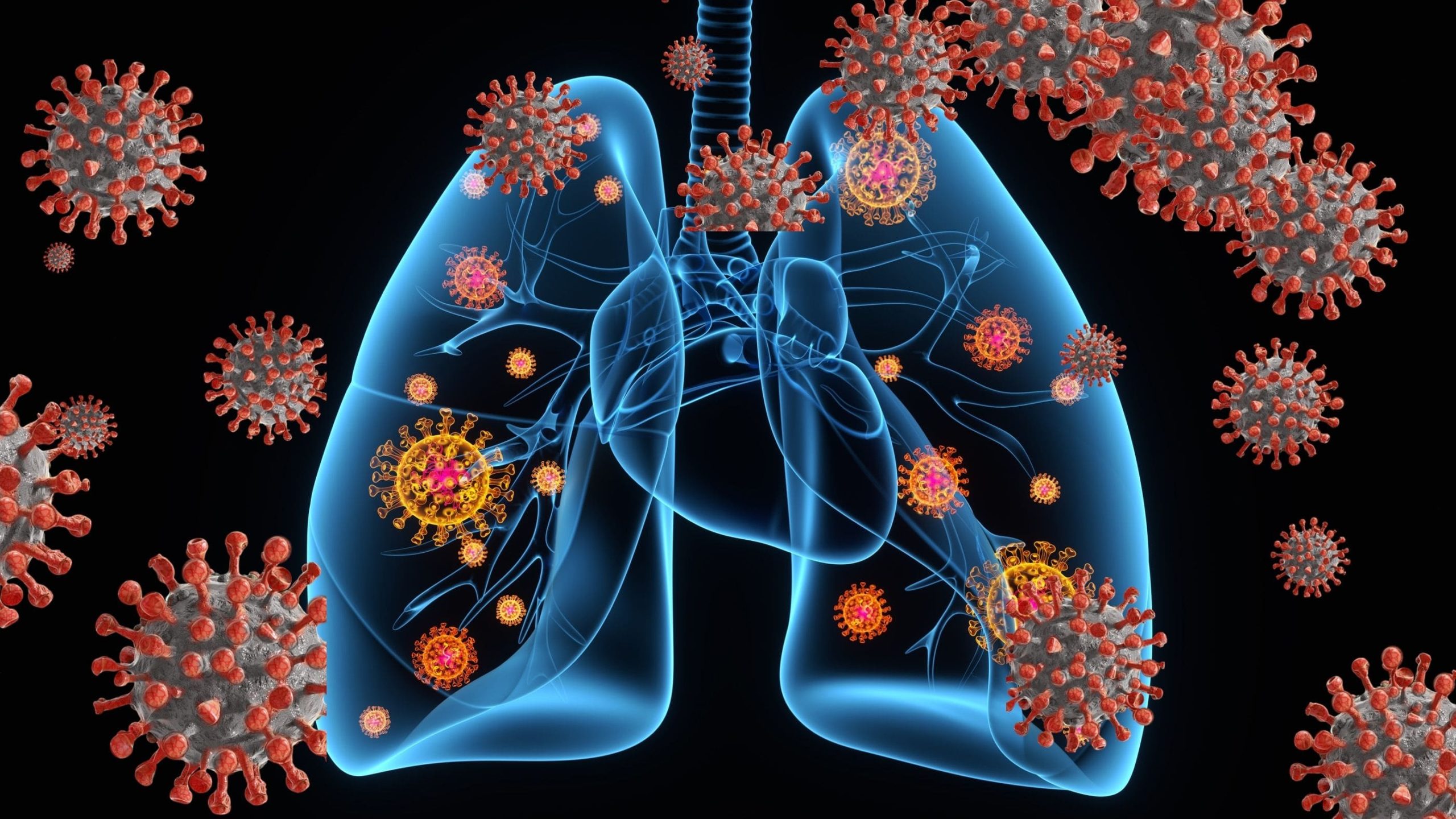Silent Hypoxia or Happy Hypoxia in COVID-19 Patients


Overview
As doctors and healthcare workers are busy treating people for COVID-19 owing to the second wave of the pandemic, many patients have reported a condition called ‘silent’ or ‘happy’ hypoxia. In happy hypoxia, patients have extremely low levels of oxygen in the blood, and yet do not show signs of breathlessness.
The condition is baffling many healthcare professionals across the world since COVID-positive patients, with extremely low blood-oxygen levels, should actually be fainting or experiencing organ damage, but instead they are seemingly well. Doctors and clinicians are calling them ‘Happy Hypoxics’.
What is Silent or Happy Hypoxia?
When the body does not have enough oxygen, you may get hypoxemia (low oxygen in your blood) or hypoxia (low oxygen in your tissues). While Hypoxemia can cause hypoxia, the word “hypoxia” is sometimes used interchangeably to describe both problems.
Hypoxia refers to a condition where your blood does not carry enough oxygen to your tissues to meet your body’s requirements. Without oxygen, the brain, liver, and other vital organs can be damaged in just minutes after the start of the symptoms.
While the normal oxygen saturation in the bloodstream of a healthy individual is 95 per cent or above, COVID-19 patients show dangerous declines of as low as 40 per cent.
Hypoxia is a warning sign for impending failure of vital body organs, such as the brain, heart, kidneys, and is generally accompanied by severe breathlessness. On the contrary, silent or happy hypoxia does not prompt any such noticeable external symptoms. Consequently, the COVID-19 infected patient, in the initial stages of sickness, appears to be alright and ‘happy’ on the outside.
Although some clinicians call this condition ‘Happy Hypoxia’ colloquially, the proper medical term is ‘Silent Hypoxia.’ This happens when patients are unaware that they are being deprived of oxygen and are therefore arriving to the hospital in a much worse health condition than they realize.
Also Read : Normal Oxygen Level In Human Body
What are the Symptoms of Silent or Happy Hypoxia to watch for?
Although the symptoms of Silent Hypoxia can vary from person to person, the most common symptoms include:
- Cough
- Confusion
- Sweating
- Wheezing
- Shortness of breath
- Rapid breathing
- Fast heart rate or slow heart rate
- Change of the colour of lips from natural tone to blue
- Changes in the color of skin (from purple to red)
What Causes Silent or Happy Hypoxia in COVID-19 Patients?
Doctors assess that, for some patients, COVID-19 lung problems progress in a way that is not apparent immediately. As patients focus on fighting symptoms like diarrhea and fever, the body begins fighting back against the lack of oxygen in the body by speeding up breathing to compensate.
Patients may not be aware of their unusual or more rapid breathing rate and therefore, do not seek help. And yet, normal oxygen level in human body continue to fall. Meanwhile, the body slowly gets somewhat adjusted to this lower levels of oxygen, like what happens when an individual travels to high altitudes.
How to identify Silent or Happy Hypoxia in patients who have mild COVID-19 symptoms?
Apart from the COVID-19 symptoms, if an individual has ‘silent’ or happy hypoxia, he or she may display the following additional symptoms:
- Dis-colouration of skin to red or purple tone
- Change of the colour of lips from natural tone to blue
- Profuse sweating even when not doing hard physical work
When to seek medical attention for Hypoxia?
You should seek immediate medical attention if:
- Your oxygen level dips below 94 per cent in pulse oximetry
- You experience shortness of breath that worsens when you are physically active or while exercising
- You experience severe shortness of breath that comes suddenly and affects your ability to function normally
- You experience shortness of breath after slight or no exertion, or when you are at rest
- You abruptly wake up from bed with shortness of breath or a feeling of choking
Conclusion
In order to stay ahead of silent hypoxia, measure you blood oxygen levels continuously using a pulse oximeter even if you just have minor COVID-19 symptoms like sore throat, cough, fever, headaches, without any noticeable breathing difficulty.
© Copyright 2024. Apollo Hospitals Group. All Rights Reserved.
 +91 8069991061
Book Health Check-up
Book Health Check-up
Book Appointment
Book Appointment
+91 8069991061
Book Health Check-up
Book Health Check-up
Book Appointment
Book Appointment







